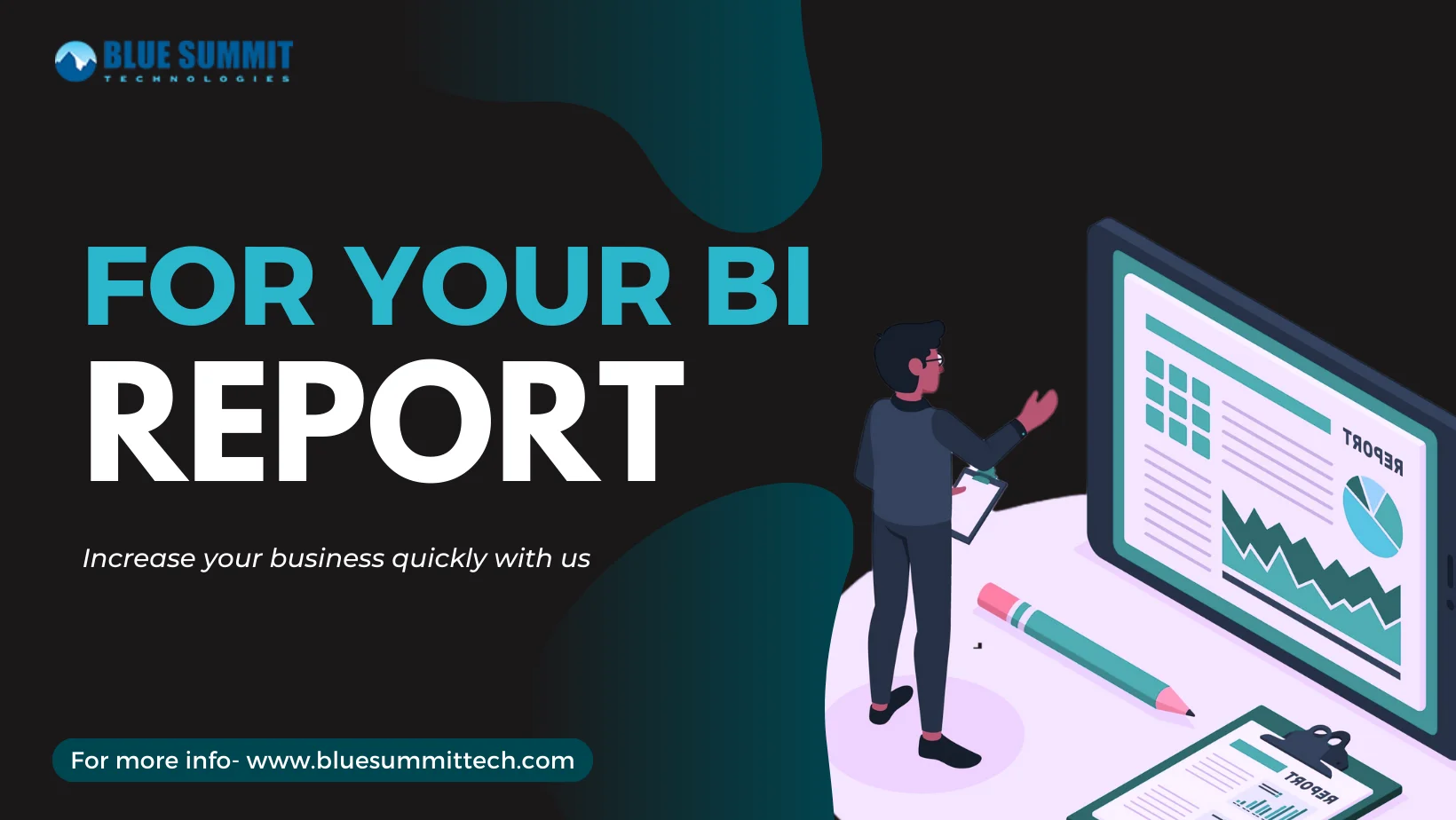
Posted on Thursday, Jul 04th, 2024
Implementing and Leveraging Jasper API
The robust set of application programming interfaces known as the Jasper API. was developed by JasperReports to simplify the reporting features into applications. Developers can create dynamic reports that can be viewed and exported using the JasperReports Library. Enterprise-level administration of reports and resources via HTTP requests is also made possible by the Jasper Report Server REST API. With its support for user management, automated report scheduling, and integration with other web services, this RESTful API gives users total control over the reporting environment and enhances the reporting experience overall.
What is REST api and Jasper api
The powerful reporting engine JasperReports offers a suite of application programming interfaces called Jasper API that are used to create, view, and export reports in a variety of formats. It lets programmers easily incorporate reporting features into applications. The main instrument for this integration is the JasperReports Library, which allows for the dynamic creation and design of reports.The enterprise-grade reporting server JasperReports Server, which allows for the scheduling and execution of reports, includes the Jasper Report Server REST API. With the help of this RESTful API, developers can interact with the server via HTTP requests and carry out tasks like running reports, controlling resources (such as data sources and report units), and managing user authorization and authentication. Programmatically interacting with the JasperReports Server is made flexible by the REST API, which also makes it simple to integrate with other web services and applications. Developers can personalize the user experience, automate report creation and distribution, and incorporate reporting features into larger applications or workflows by utilizing the Jasper Report Server REST API. The API ensures complete control over the reporting environment by supporting a wide range of operations, such as creating, updating, deleting, and identifying reports and resources.
Integrating Jasper API with Custom Applications
For companies looking for comprehensive reporting solutions catered to their specific needs, integrating Jasper API with custom applications is a potent strategy. The open-source reporting engine JasperReports has powerful API features that make it easy to integrate into a variety of software platforms. The Jasper api integration provides advanced reporting, data visualization, and export capabilities to improve the functionality of custom applications. Developers can create, generate, and modify reports directly within their applications by utilizing Jasper reports, which guarantees a streamlined and effective user experience. Designing Custom Applications with JasperReports.Creating report templates with programs like Jaspersoft Studio is the first step in the structured process of designing custom applications with JasperReports. This program offers an intuitive graphical user interface for creating complex and eye-catching reports. These templates function as blueprints, specifying the structure, data fields, diagrams, and additional elements necessary for thorough reporting. Developers can:
• Easily incorporate dynamic elements like charts and tables.
• Design complex report layouts using drag-and-drop features.
• Modify templates to satisfy particular business needs.
After the templates are complete, developers gather and add real-time data to them using the Jasper report system. The template is converted during the compilation process into an executable format that works with the JasperReports engine. Then, information is dynamically retrieved from the data sources of the application and added to the reports. This stage guarantees that the reports appropriately present up-to-date data and provide insightful information that is essential for making well-informed decisions. This process is overseen by developers by:
• Putting in place methods for obtaining data from multiple sources.
• Ensuring that updates to real-time data are synchronized.
• Verifying and improving the accuracy and performance of data integration.
The Jasper report must be integrated into custom applications, which requires code that communicates with the JasperReports engine. The API is used by developers to manage output, run reports, pass parameters, and load report templates. For example, the Jasper API makes it possible for reports to be run and shown in applications' user interfaces, or it makes it easier to export reports for shared use. the Jasper Report Server REST API can be used in its sophisticated integration scenarios. This interface makes it easier to communicate with the JasperReports Server and makes features like user management, automated report scheduling, and repository operations possible. Developers can ensure that stakeholders receive accurate reports that are created according to their specific needs in the shortest possible time by optimizing the report generation and distribution processes through the use of the REST API.
Utilizing APIs in Custom Software Applications
Implementing Jasper's core functionalities to meet specific business needs is the first step in integrating its report into custom software solutions. It provides a full suite of classes and methods that are intended to be used directly in applications for the creation and management of reports. For companies that require real-time data analysis and reporting, this feature is essential. For example, integrating Jasper reports into a retail management system allows detailed sales reports, inventory summaries, and customer insights to be generated automatically. By integrating these features into the application's user interface, users can create and view reports on the fly depending on their access levels and preferences, which improves decision-making and operational efficiency.Core Features and Responsibility
JasperReports, a popular open-source reporting tool, has a powerful API for easy report creation, management, and data source integration. Dynamic report generation, personalized layouts, subreports, and flexible export choices are some of its key features. With support for numerous data sources, simple configuration, data adapters, query execution, and caching, Jasper Api integration guarantees effective data handling. Because of these features, developers can design comprehensive business intelligence solutions by using JasperReports to generate real-time, detailed reports that are customized to meet a variety of business requirements.1. Report Creation and Management
Intuitive Design: Jasper allows you to create reports using a template. Developers can use the Jasper Reports Library (JR Library) to create custom templates or use pre-designed ones. Clear and educational reports are made possible by the variety of visual components, including tables, charts, and text elements, that this library offers.Dynamic Data Binding: Because Jasper reports are data-driven, they can dynamically fill report elements by connecting to a variety of data sources. The API provides tools to specify data sources, associate data fields with report components, and work with data by applying formatting and calculation expressions.
Versatile Output Formats: Reports created with Jasper can be exported in a number of formats, including PDF, HTML, Excel, and CSV. This satisfies various downstream needs and user preferences. For particular use cases, developers can even define custom output formats.
Report Distribution and Scheduling: It enables automated report distribution and report generation scheduling. Email delivery, server uploading, and reporting portal integration are available for distributing reports. The latter option allows for centralized access. This guarantees that stakeholders receive vital information on time.
2. Data Source Management
Broad Connectivity: Jasper's capacity to link to a variety of data sources is one of its advantages. It works with data warehouses, flat files, XML documents, Java collections, and popular relational databases like MySQL, Oracle, and SQL Server. Because of its adaptability, developers can gather information from multiple sources and compile it into insightful reports.Connection Pooling: Jasper's report encourages connection pooling as a means of facilitating effective data access. By building a pool of pre-established database connections, this method lowers connection overhead and enhances report generation performance—especially when handling a high volume of requests for reports.
Data Transformation: Expressions can be used in the API to manipulate data. Within the report definition itself, developers can carry out calculations, aggregations, filtering, and sorting. This expedites the creation of reports and lessens the requirement for pre-processing data.
Conclusion
JasperReports developed the powerful Jasper API suite of application programming interfaces to make it easy to integrate reporting features into Java applications. With the JasperReports Library, developers can produce dynamic reports that can be viewed and exported. The Jasper Report Server REST API further enables enterprise-level management of reports and resources via HTTP requests. This RESTful API gives users total control over the reporting environment and enhances the overall reporting experience by supporting user management, scheduling reports automatically, and integrating with other web services.Blue Summit enables to develop comprehensive reporting solutions catered to the unique needs of their clients. These solutions facilitate data-driven decision making and increase operational effectiveness, both of which significantly contribute to the success of the businesses they support.
Blue Summit has collaborated with OdiTek Solutions, a frontline custom software development company. It is trusted for its high service quality and delivery consistency. Visit our partner's page today and get your business streamlined.
REFER TO OTHER RELEVANT CONTENTS

Jasper Reports Development
In the field of open source reporting, Jasper Reports is the most well-known and extensively utilized project. Thousands of software products include its reporting features, and it has been used in hundreds of thousands of projects as a production-grade reporting tool. As a result, Jaspersoft...
read more








